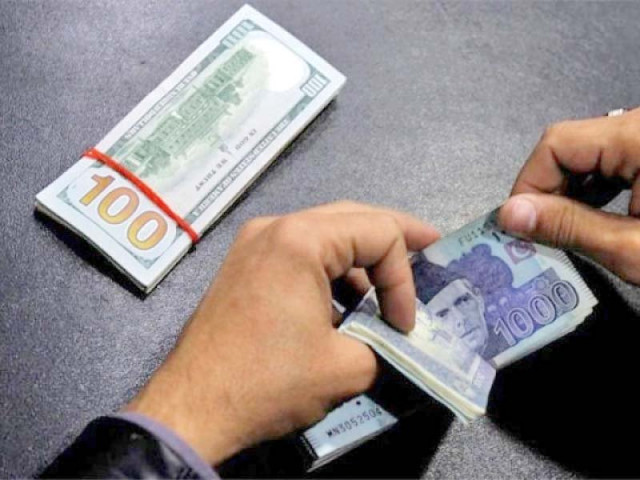Current account deficit contracts 75%
Deficit stood at $2.15b in Jul-Dec of current fiscal year

PHOTO: FILE
The deficit had been recorded at $8.61 billion in the corresponding period of previous fiscal year, the State Bank of Pakistan (SBP) reported on Friday.
The drop came on the back of central bank efforts aimed at discouraging imports and encouraging exports. To achieve that, it let the rupee depreciate by over 52% against the US dollar and jacked up the benchmark interest rate by 7.5 percentage points to an eight-year high at 13.25% in the 18 to 20-month period ended July 31, 2019.
Consequently, the import of goods dropped 20% to $22.20 billion in the first half of FY20, workers' remittances remained steady at $11.39 billion and exports of goods improved 4.5% to $12.39 billion, according to the central bank.
After a month’s respite: Pakistan again posts current account deficit
Depreciation of the rupee made imports expensive and exports attractive. Apart from that, the increase in the benchmark interest rate made banks' credit costly for the private sector and led to a halt to investments in new projects in the country.
The strategy has helped address the challenges faced by the economy on the external front but it has come at the cost of economic growth.
The measures partly helped boost the country's foreign currency reserves by 58% since July 2019 to a 21-month high at $11.58 billion on January 10, 2020. They also brought stability to the fast declining rupee, which of late strengthened to around Rs155 to the US dollar after falling below Rs160.
However, the measures badly impacted two major sectors of the economy - manufacturing industry and agriculture. As a result, gross domestic product (GDP) growth dropped to a nine-year low at 3.3% in the previous fiscal year with fears of further slowdown in the ongoing fiscal year. The government has set 4% economic growth target for FY20, which may be missed.
The drop in the current account deficit in Jul-Dec 2019 came primarily on the back of "trade deficit, which went down 37% year-on-year to $11.6 billion compared with $18.4 billion in the same period of last year", said AHL Research in brief comments.
The current account deficit was recorded at $367 million in December 2019, which was 80.5% lower than the deficit of $1.88 billion in the same month of previous year.
The current account gap, however, remained flat compared to the previous month of November 2019, the SBP reported.
"Anything (current account deficit) below $500 million a month is okay," remarked BMA Capital Executive Director Saad Hashmi while talking to The Express Tribune the other day.
'Lower current account deficit a victory for businessmen'
The sharp contraction in the current account deficit for the second consecutive month in December strengthened independent estimates that the deficit may stay lower than the International Monetary Fund's (IMF) projection of $6.5 billion for the full fiscal year.
AHL Research Head of Research Samiullah Tariq, however, underlined the need for remaining a little bit cautious. "The controlled deficit may start widening on a month-on-month basis considering the gradual improvement in economic activities in the remaining part of the current fiscal year," he said.
"Imports will start increasing again when the economy enters the growth phase from the current stabilisation phase," he said.
Tariq emphasised that the government would have to stand firm to fix the structural issues once and for all in the economy.
Published in The Express Tribune, January 18th, 2020.
Like Business on Facebook, follow @TribuneBiz on Twitter to stay informed and join in the conversation.



















COMMENTS
Comments are moderated and generally will be posted if they are on-topic and not abusive.
For more information, please see our Comments FAQ